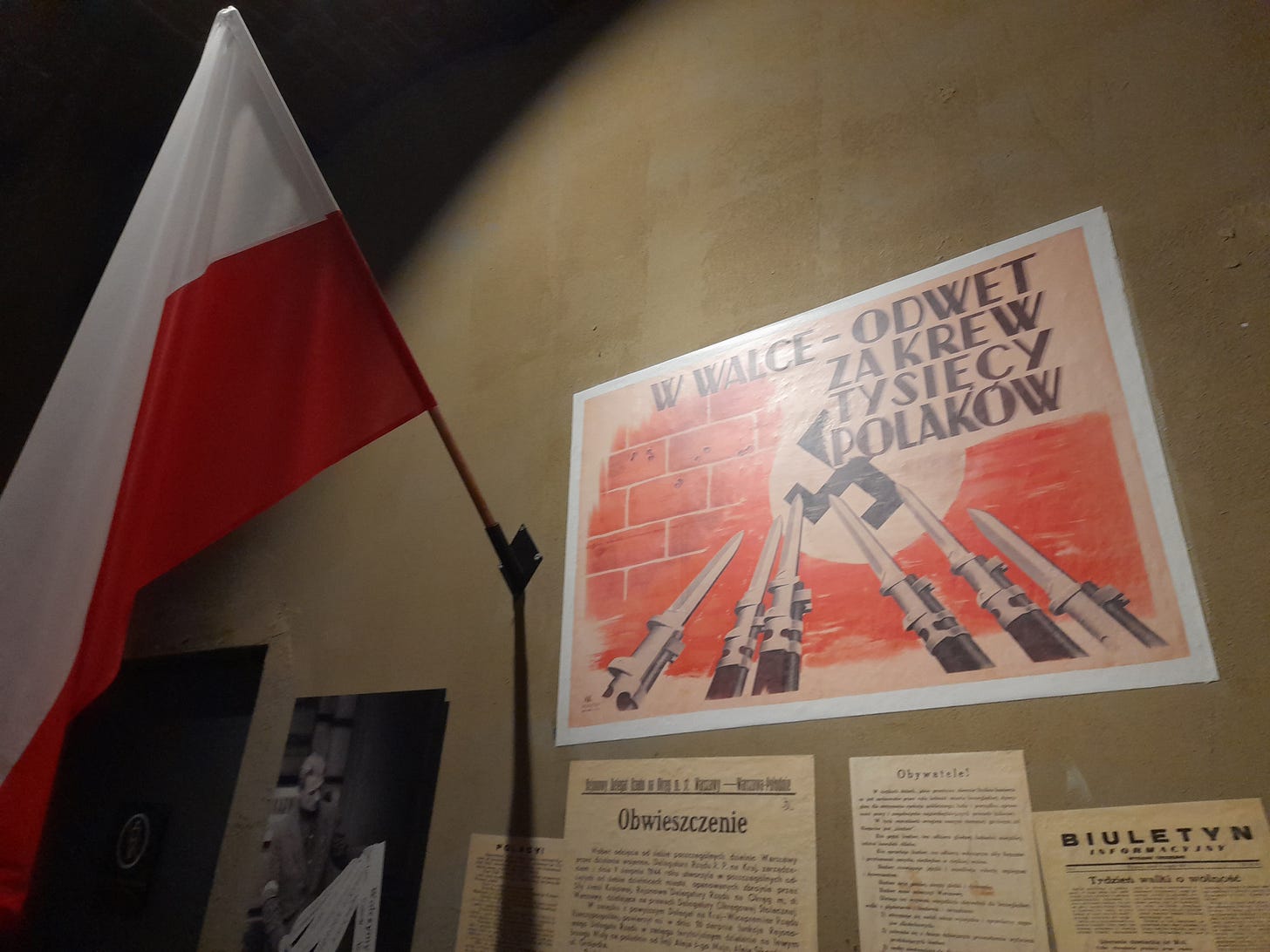A German in Poland - Part II
Joyful Encounters and Awkward Conversations
I’m sitting in a hotel room high above Warsaw as I type these words into my laptop. In front of me, a large panorama window frames the city’s skyline like a picture. The Soviet-era Palace of Culture and Science dominates the scene. One of the tallest buildings in Europe, it towers over the city centre like a real-life Ministry of Truth.
In the streets at its feet, trams, cars, and buses whizz by. The steady rumble of traffic fills the air, almost drowning out distant church bells. A heavy downpour has soaked the streets, causing a fragrant mixture of summer rain and exhaust fumes to waft in.
The cityscape is a peculiar mixture of Cold War retro and hypermodern glass and concrete. In between, the odd reconstructed facade gives a glimpse of the Warsaw of old, the one the Germans razed in 1944 in brutal retaliation for the Warsaw Uprising of the Polish resistance.
Keep reading with a 7-day free trial
Subscribe to ZEITGEIST to keep reading this post and get 7 days of free access to the full post archives.


